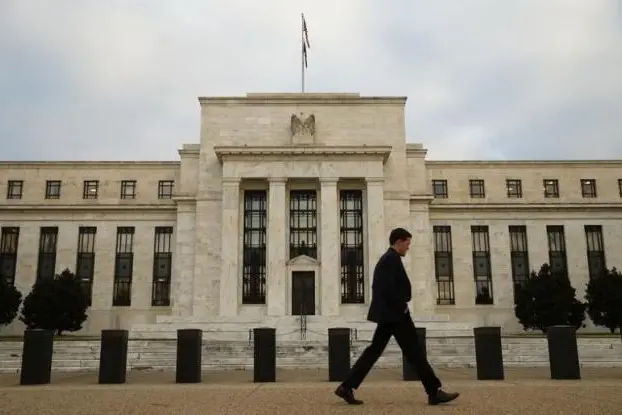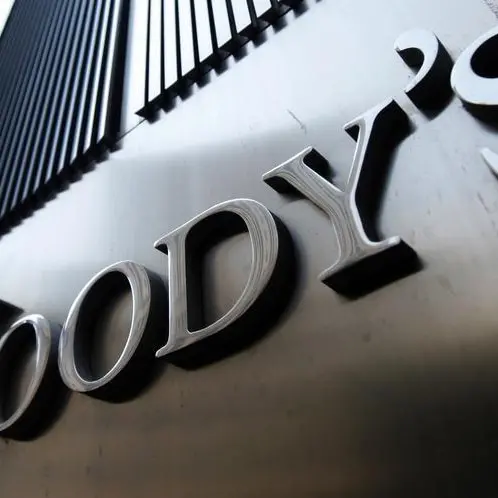PHOTO
Federal Reserve Chair Jerome Powell made liberal use of the word "careful" at his last press conference as he described the U.S. central bank's effort to balance the risks of still-elevated inflation and a surprise surge in economic growth against tightening credit conditions and a Fed conviction that the economy was on the cusp of slowing.
Minutes of that Oct. 31-Nov. 1 meeting, which are due to be released at 2 p.m. EST (1900 GMT) on Tuesday, are expected to also emphasize a word U.S. monetary policymakers have rallied around at a time when they seem unlikely to raise the target interest rate any further, yet don't want to say so while inflation remains well above the central bank's 2% target.
"Inflation has given us a few head fakes. If it becomes appropriate to tighten policy further, we will not hesitate to do so," Powell said at an International Monetary Fund research conference earlier this month. "We will continue to move carefully, however, allowing us to address both the risk of being misled by a few good months of data, and the risk of over-tightening."
The minutes will likely include the "superficially hawkish rhetoric" that rates might still move higher, Citi analysts wrote on Sunday in a preview of the release. But "we continue to think that Fed officials are most likely done raising rates this cycle."
Most investors do as well, with contracts tied to the benchmark overnight federal funds rate showing a near zero probability of the Fed moving beyond the current 5.25%-5.50% range. The CME Group's FedWatch Tool, meanwhile, puts the odds of a rate cut at about 60% for the Fed's April 30-May 1, 2024 policy meeting.
The minutes, like the Fed's current set of policymakers, won't entertain that discussion, with officials insisting they still aren't certain the policy rate is "sufficiently restrictive" to finish the inflation fight - even as they talk more about how long rates may need to stay at the current level and less about how much higher they might need to go.
The Fed has now been on hold since July.
"Inflation does seem to be settling," Richmond Fed President Thomas Barkin told Fox Business on Monday. But he also felt it was likely to remain "stubborn, and that makes the case for me for being higher for longer."
INFLATION FOCUS
In the past two rounds of policy tightening, the Fed lowered its benchmark overnight interest rate in July 2019, seven months after hitting what proved a peak, and in September, 2007, 15 months after what proved the top rate for that cycle.
The Fed was not dealing with an inflation surge at those points, however, and policymakers have said their decision about how long to keep the current rate intact will depend on how inflation behaves, with continued progress to the 2% target the necessary condition for any change.
"What I would be looking for is sustained evidence" of inflation in steady decline, Boston Fed President Susan Collins said last week. "The data are really noisy right now."
But if the watchword at the last meeting was "careful" - Powell used some form of it eight times at his Nov. 1 press conference - the mood has likely only intensified since then.
Data for October showed consumer prices were flat on a month-on-month basis, retail sales had declined slightly, and companies added just 150,000 jobs, a number more in line with the economy's performance before the coronavirus pandemic.
"By being very patient right now ... that's an appropriate balance," Collins said last week.
(Reporting by Howard Schneider; Editing by Paul Simao)





















